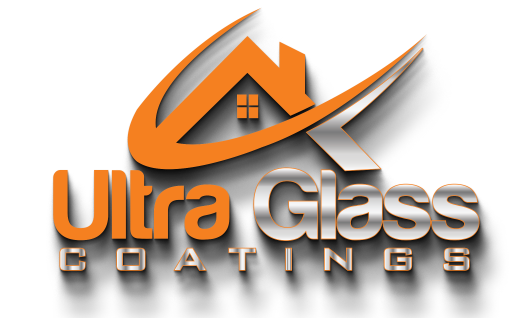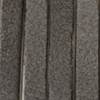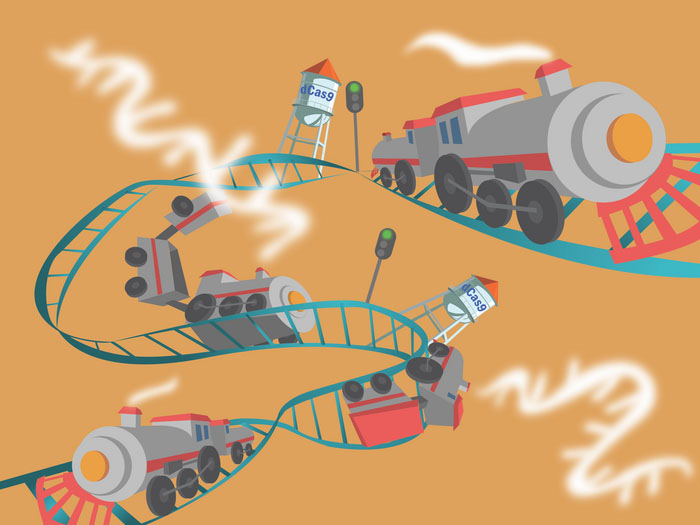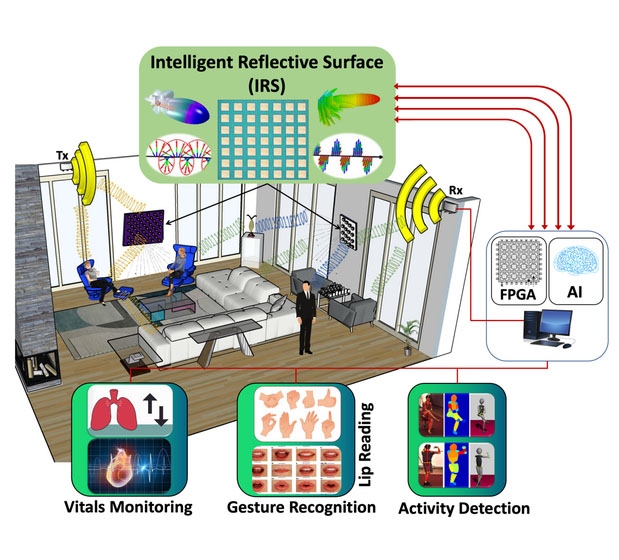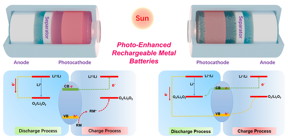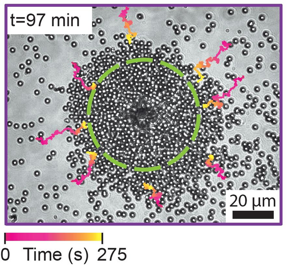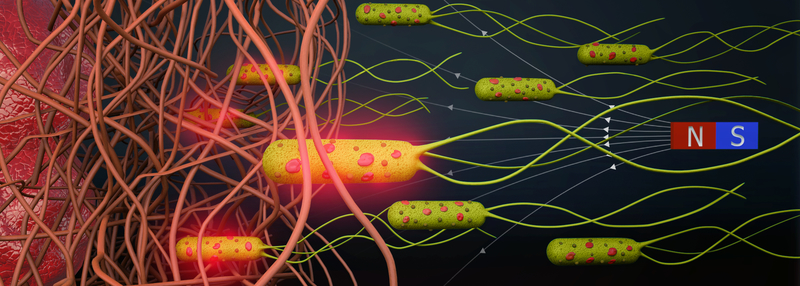Jul 18, 2022 (Nanowerk News) A team from the Department of Energy Engineering at the University of Seville has developed an experimental research focused on the design of a bio-inspired PEM fuel, cell which included graphene porous sponge inserts. The model they have obtained has reached a maximum power which...
Synthetic tools conduct messages from station to station in DNA
Jul 18, 2022 (Nanowerk News) Rice University researchers have demonstrated that CRISPR-Cas9, increasingly famous as a gene-editing tool, can be employed in powerful additional ways in human cells. A team led by Rice bioengineer Isaac Hilton and graduate student Kaiyuan Wang used deactivated Cas9 (dCas9) proteins to target key segments...
Intelligent wireless walls for contactless in-home monitoring
Jul 18, 2022 (Nanowerk News) Patient health care strongly relies on in-hospital situation and remote monitoring at home is very challenging. Various human activity recognition systems have been proposed exploiting sensors, cameras and wearables. However, these techniques raise either privacy concerns or discomfort of carrying wearables all the time. These...
Nanotechnology Now – Press Release: Study reveals new mode of triggering immune responses
Home > Press > Study reveals new mode of triggering immune responses Confocal microscopy image shows that DNA (green) and the chemokine CXCL4 (red) colocalize (indicated by yellow areas) during inflammatory responses in the skin. CREDIT Barrat lab Abstract:Small proteins, called chemokines, that direct immune cells toward sites of infection...
Nanotechnology Now – Press Release: Atomic level deposition to extend Moores law and beyond
Home > Press > Atomic level deposition to extend Moores law and beyond The downscaling of nanomaterials, nanostructures, nanodevices and nanosystems needs atomic level deposition, and there are three characteristics of atomic level deposition including bringing lateral angstrom resolution to the vertical direction, template-assisted alignments with high accuracy, non-template selective...
Nanotechnology Now – Press Release: UNC Charlotte-led team invents new anticoagulant platform, offering hope for advances for heart surgery, dialysis, other procedures
Home > Press > UNC Charlotte-led team invents new anticoagulant platform, offering hope for advances for heart surgery, dialysis, other procedures RNA-DNA nanofibers have been designed to bind and inactivate thrombin and due to their size have a prolonged circulation in bloodstream. This induced anticoagulation process can be reversed by...
Nanotechnology Now – Press Release: Strain-sensing smart skin ready to deploy: Nanotube-embedded coating detects threats from wear and tear in large structures
Home > Press > Strain-sensing smart skin ready to deploy: Nanotube-embedded coating detects threats from wear and tear in large structures A three-layer smart skin on a structure can detect strain through the fluorescence of embedded carbon nanotubes, according to its inventors at Rice University. The skin can be painted...
Nanotechnology Now – Press Release: Life-like lasers can self-organise, adapt their structure, and cooperate
Home > Press > Life-like lasers can self-organise, adapt their structure, and cooperate Microparticles clustering around a Janus particle. The dashed line delineates the lasing area, and the pink/yellow lines show the tracks of several microparticles CREDIT Imperial College London Abstract:By mimicking features of living systems, self-organising lasers could lead...
Bacteria-based biohybrid microrobots on a mission to one day battle cancer
Jul 16, 2022 (Nanowerk News) A team of scientists in the Physical Intelligence Department at the Max Planck Institute for Intelligent Systems have combined robotics with biology by equipping E. coli bacteria with artificial components to construct biohybrid microrobots (Science Advances, "Magnetically steerable bacterial microrobots moving in 3D biological matrices...
Nanotechnology Now – Press Release: Recent advances in 3D electronics
Home > Press > Recent advances in 3D electronics Abstract:Most electronic devices are flat, and they are getting thinner and sleeker every year. But sometimes its necessary for electrical systems to be flexible, formed in odd orientations or integrated into 3D objects. Below are some recent papers published in ACS...
